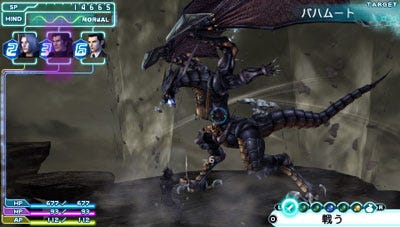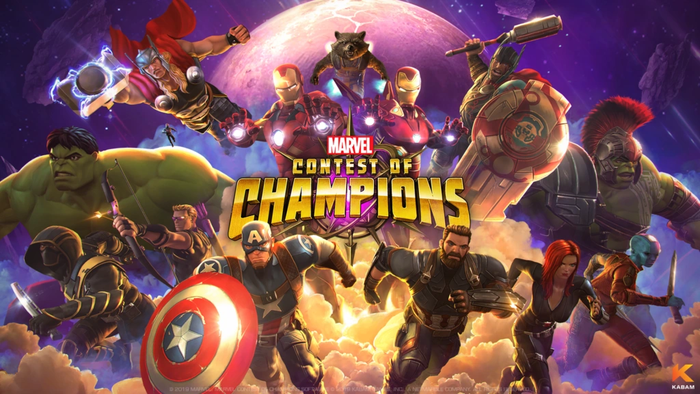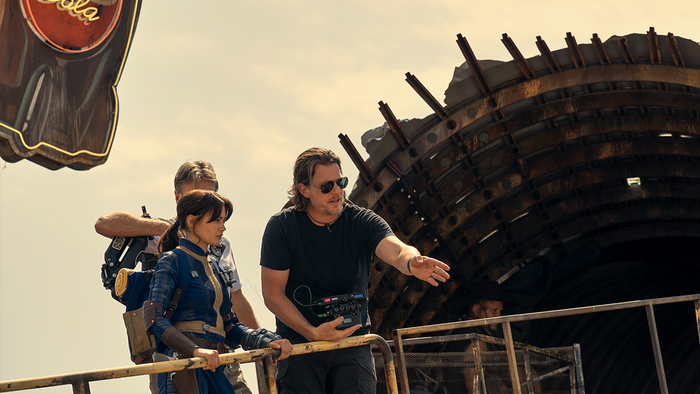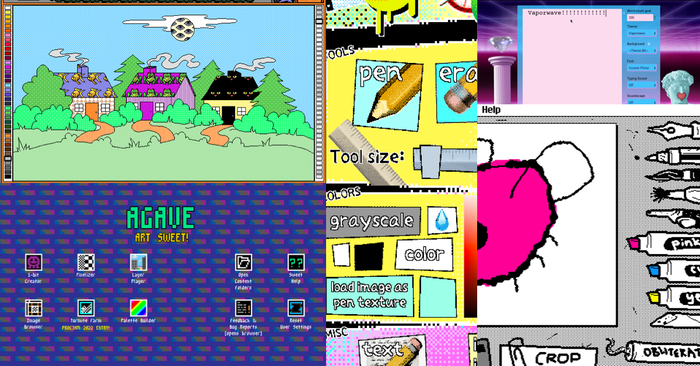Developers are looking for a way to integrate narrative and gameplay effectively, and Gamasutra's Christian Nutt looks at a surprising, but -- he claims -- effective example: the slot machine-like DMW system in Square Enix's _Crisis Core: Final Fantasy

[Developers are looking for a way to integrate narrative and gameplay effectively, and Gamasutra's Christian Nutt looks at a surprising, but -- he claims -- effective example: the slot machine-like DMW system in Square Enix's Crisis Core: Final Fantasy VII for PSP.] As I talk to developers and attend industry events, it becoming clear to me that designers and writers have a real thirst to see narrative and gameplay become more closely enmeshed in games. Funnily enough, I played a popular game in 2008 that did an excellent job of effectively bringing these two things together, but I've rarely heard anyone discuss it in those terms. Several people I've talked to personally have spoken highly of the way the title combines the two, but there hasn't been broad recognition, as far as I can tell. That game is Crisis Core: Final Fantasy VII, by Square Enix, for the PSP. I have a feeling that there are a couple of reasons there hasn't been more dialogue about this title. For one, it's a PSP game, so it doesn't have the same stature as a PlayStation 3 or Xbox 360 title. For another, I don't think people outside of the fan base give the series a lot of credit these days. I think many professionals, while recognizing the series' popularity, would be surprised to hear just how often it gets things right. A Surprising Mind Wave The most innovative element of Crisis Core is the Digital Mind Wave system. It may have a silly name (that's a weakness of the Japanese, for sure) but it is an ingenious gameplay system. Most of the writing I saw (in reviews) was confined to confusion about the randomness of the DMW -- it's essentially a slot machine. When you hit onto the right combination of numbers you get stat boosts, powerful attacks, or even more impressive monster summons. It also governs the leveling of your character, his special attacks, and spells. This is the bit people didn't like: though it wasn't actually random (since it masks a more-or-less standard experience point system) it appeared random, and that galls players. I understand why, and I'm not here to defend that aspect of it, but pick up the conversation where I think the system really worked: the DMW's clever integration of character and story directly with the battle system, and the game's larger narrative. 
As you fight battles, the DMW continuously spins, without your input, in the top left corner of the screen. When it gets close to making a beneficial match, the spinning reels zoom in to take over the entire screen. Instead of fruit or other typical slot machine items, important characters from the game's story populate the DMW; when you first encounter those characters in-game, they're added to your DMW roster. This is ingenious, because it ties what would otherwise seem very arbitrary into the game's narrative. Say what you will about Final Fantasy. Even those who do not enjoy the series must recognize that its characters are its strength, particularly with its fans. This is so much so that Final Fantasy VII continues to produce successful products 11 years after its initial commercial introduction. "Heightened emotions have affected the DMW!" The way the package ties so neatly together within the context of the game is what makes it work so well. The DMW is affected by protagonist Zack Fair's emotional state (hence the quote above.) The more intense his emotion, the higher likelihood there is of a match. When a match is made, that might be it -- you just get a bonus. But sometimes, a (very short) cutscene might play. This cutscene is always a memory Zack has of an important character of the game, and it's always from Zack's perspective. This memory, just like memories do in real life, affects Zack's emotions -- and allows him to take advantage of his emotional state to perform more effectively in battle. This is what translates into the bonuses.

When you arrive at a combination -- say, FFVII antagonist, Sephiroth, who's also a major character in Crisis Core -- across all three reels, a cutscene displays an interaction between Zack and that psychotic silver-haired swordsman. You'll see the scene -- for example, a simple training exercise where Sephiroth, who takes the role of Zack's superior officer in the Shinra army for much of the game, goads Zack into battling more effectively. At this point, the game reappears and Zack performs a devastating special attack against the foes he's facing. We all know that our emotions and memories affect us in this way in real life, but when's the last time you've seen this communicated at all effectively in a game, particularly in the heat of combat? When Zack remembers a particularly strong memory, he's filled with strength to fight even harder. This is rewarding both from a story perspective and from a gameplay perspective -- who doesn't want an HP boost in the middle of a tough fight? Boosting the Story, Too Even more cleverly, these memories show events that fall outside of the primary story sequences you've already seen. They are vignettes that logically follow from the plot of the game, but which were not part of the main narrative -- which makes them compelling to view, sometimes revelatory. And, depending where you are in the twists and turns of the story, even a scene you've seen before (they're finite, of course, and do repeat) can be imbued with new shades of meaning. It's really clever. And from a design perspective, it reminds the player that the story is integral to the Crisis Core experience. But it doesn't penalize the player who doesn't have much interest in it -- these scenes are skippable. It also provides a respite from battle, which is a great chance to regroup mentally; and, as this is a portable game, allows you to shift position or look away for a moment to check which stop the bus is pulling into -- or whatever. The Digital Mind Wave system, then, quietly does something we've been asking for -- but in a small, somewhat unassuming way, rather than suddenly delivering the revolution in gameplay and narrative concepts people seem to be waiting for. The mechanic takes elements that already existed (chance, traditional narrative, RPG special attacks and stat boosts) and fits them into a larger, traditional game design (an action RPG with random encounters). Thus, the developers of Crisis Core have nudged forward the evolution of their series, offered a fresh new gameplay system to fans. They've also put a few cracks in the cutscene/gameplay dichotomy that Square Enix is famous (or infamous, in some circles) for relying on. To say that the developers use the DMW effectively by the end of the game would be an understatement. Its appearance in the final moments of the game -- which would be poor form to spoil here -- boosts that up another level. Crisis Core is a game whose developers know how to use the tools they have given themselves. The DMW is the most striking example of that.
About the Author(s)
You May Also Like








